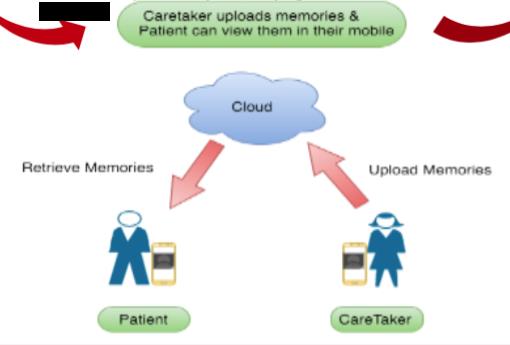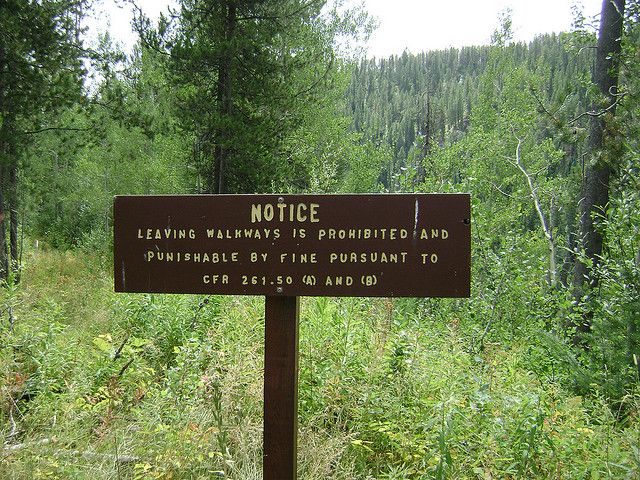The LII & Education
When law students need to learn what the law says on any given topic, they commonly come to our website for collections such as the US Code, the CFR, the Federal Rules, and Wex. Over the years, however, we’ve come to realize that the education community values our site for a variety of reasons and uses it in a number ways.
For example, we hear from teachers of topics like civics and government and even debate who say our Supreme Court Bulletins are excellent teaching tools to illustrate both sides of the argument when important cases impacting issues like the First Amendment, health care reform, or the death penalty make their way to the Supreme Court. And speaking of civics and the Supreme Court, we always see a sharp spike in topics related to the Constitution and especially the Bill of Rights this time of year as National Constitution Day rolls around. We know that the audio found at oyez.org is also popular among educators, and we are looking forward to integrating it with our collections as we move forward in taking over operation of Oyez.
But we’re also a resource in ways that might seem less obvious. Our tax code is quite popular among institutions teaching in that specialized field, so much so that we’ve begun talking with one graduate school that wants to capture our materials in an environment that will allow secure access during examinations. We’ve had similar inquiries in the past about our version of the Uniform Commercial Code, which is an important tool not just in law school contracts classes but also in classes for students in fields like banking, accounting, and business.
And it’s not just the words on the page that find value in the classroom. Educators and academic researchers are interested in you, our audience, as they seek data to help them understand how citizens interact with and understand the law. Computer science and information science students from such far-flung places as Lapland, Serbia, Spain and South Africa have in recent years taken up residence in our offices to learn from our technical team, and that’s in addition to the graduate students right here in Ithaca whom we regular mentor to help them fulfill project-based requirements in the Cornell curriculum.
Of course we are thrilled to contribute to the formal and informal education of so many students all around the world. And, of course, it would not be possible without the involvement and support of people like you. If you use the LII in the classroom, we’d love to hear from you. Please feel free to email our Director at Tom.Bruce@liicornell.org.



 One of the great things that happens at the LII is working with the amazing students who come to study at Cornell — and finding out about the projects they’ve been cooking up while we weren’t distracting them by dangling shiny pieces of law before their eyes. This spring,
One of the great things that happens at the LII is working with the amazing students who come to study at Cornell — and finding out about the projects they’ve been cooking up while we weren’t distracting them by dangling shiny pieces of law before their eyes. This spring, 

 That was the headline of a recent post at
That was the headline of a recent post at